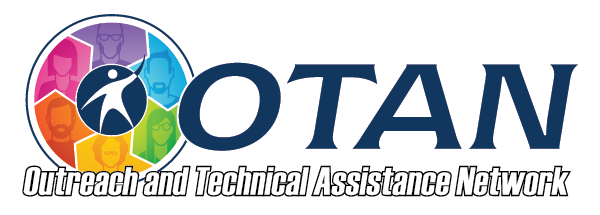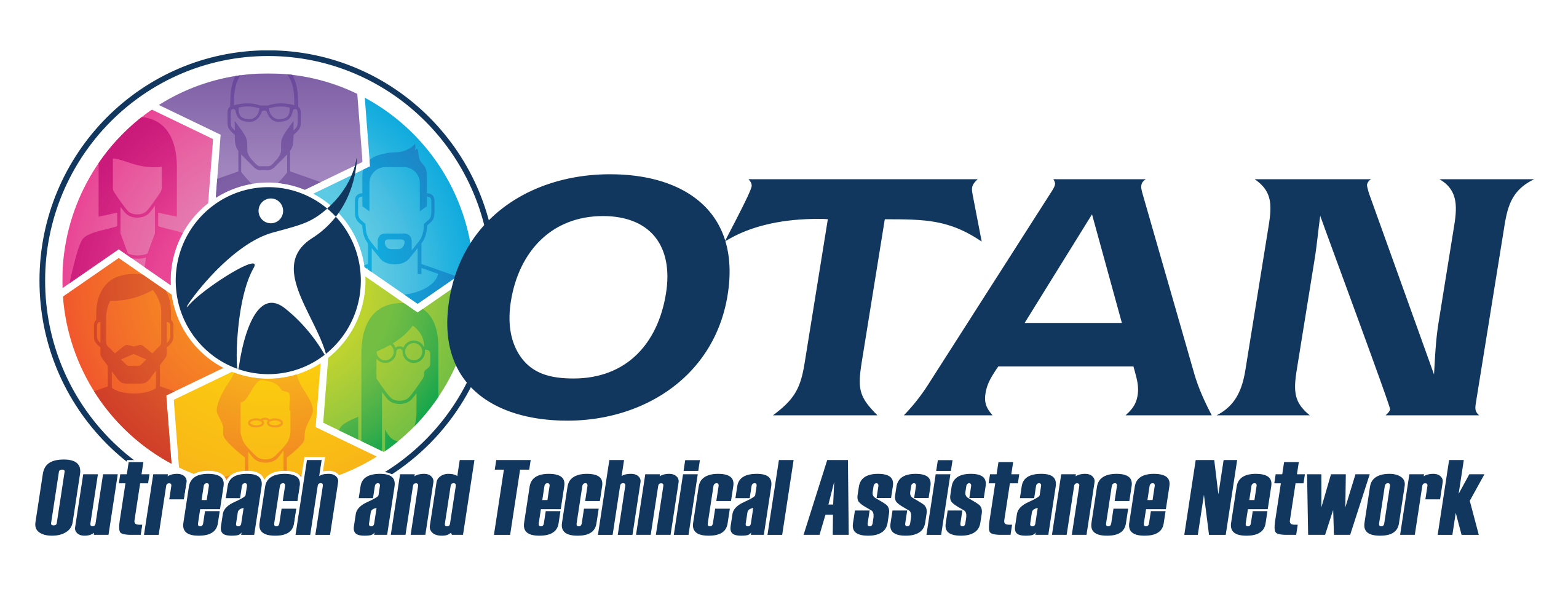Top Story...
A Quick Guide to Getting Started on Bluesky
Posted on 07/08/2025
.jpg)
Why Educators Are Joining Bluesky
Educators are rediscovering the joy of collaboration in this emerging space. One of its early champions, Alice Keeler, joined the author on a recent episode of the Easy EdTech Podcast to explain why Bluesky feels like a natural next step for those who once thrived in the Twitter era. Keeler is helping lead the charge using the hashtag #EduSky, which has become a central marker for teaching-related discussions on the platform.
A Quick Guide to Getting Started on Bluesky
Educators looking to explore Bluesky can take the following steps to ease into the experience:
- Sign Up Thoughtfully
Select a handle that aligns with your online presence or professional identity to help others recognize and connect with you.
- Introduce Yourself
Your profile is your digital handshake. Include your job title, areas of interest, and any other information that helps others understand what you’re passionate about in education.
- Add a Profile Image
Whether it’s a photo of you, an avatar, or a symbol that reflects your style, including an image helps personalize your presence.
- Follow Curated Lists
Educator “starter packs” are available to help newcomers find people with shared interests. The author even created a list based on past podcast guests who are now active on Bluesky.
- Look Into Relevant Tags
Tags like #EduSky help organize the flow of content. Clicking on them reveals a stream of posts tied to particular topics or themes in education.
- Join the Conversation
Don’t wait to contribute—post a tip, ask a question, or share a resource. Using tags increases your post’s visibility and invites engagement from others in the community.
- Check Out Live Discussions
Just like Twitter once hosted weekly educator chats, similar discussions are starting to emerge on Bluesky. These conversations are centered around specific topics and take place in real-time, creating a lively space for shared insights.
- Support Inclusion and Access
Bluesky includes accessibility features like alt text for images. Writing hashtags in camel case (e.g., #EduSky instead of #edusky) also helps users who rely on screen readers.
- Use Different Devices
The platform works on both mobile apps and desktop browsers, so users can engage wherever they’re most comfortable—at home, in the classroom, or on the go.
Best Practices for Building a Supportive Network
- Interact Often: Whether it’s reposting content, leaving a comment, or showing appreciation with a like, small interactions build momentum and community.
- Keep Digital Balance: It’s easy to get caught up in social media, so it’s smart to carve out intentional times to check in, rather than always being online.
- Give Back: Share useful tools, insightful articles, or strategies that have helped you—it’s how professional ecosystems thrive.
Moving Forward with Bluesky
Bluesky offers a fresh opportunity for teachers and other education professionals to expand their networks, exchange ideas, and grow together. With the decline of Twitter’s educator community, Bluesky is quickly becoming a meaningful alternative—a place where educators can recreate that spirit of inspiration and support.
For those interested in exploring further, the podcast episode featuring Alice Keeler is available across all major platforms. And for a jumpstart, the author’s curated starter list is a great place to begin connecting with like-minded educators.














